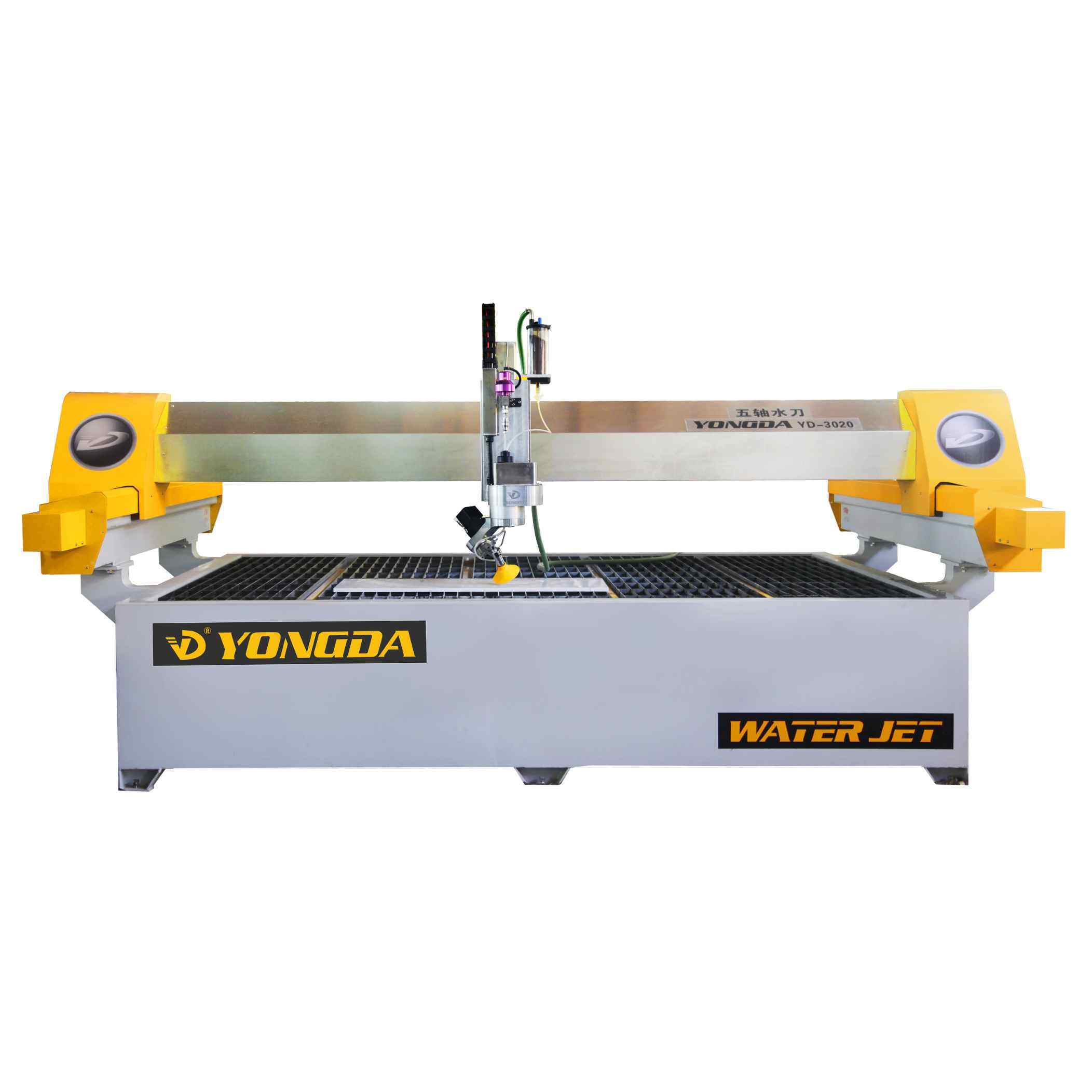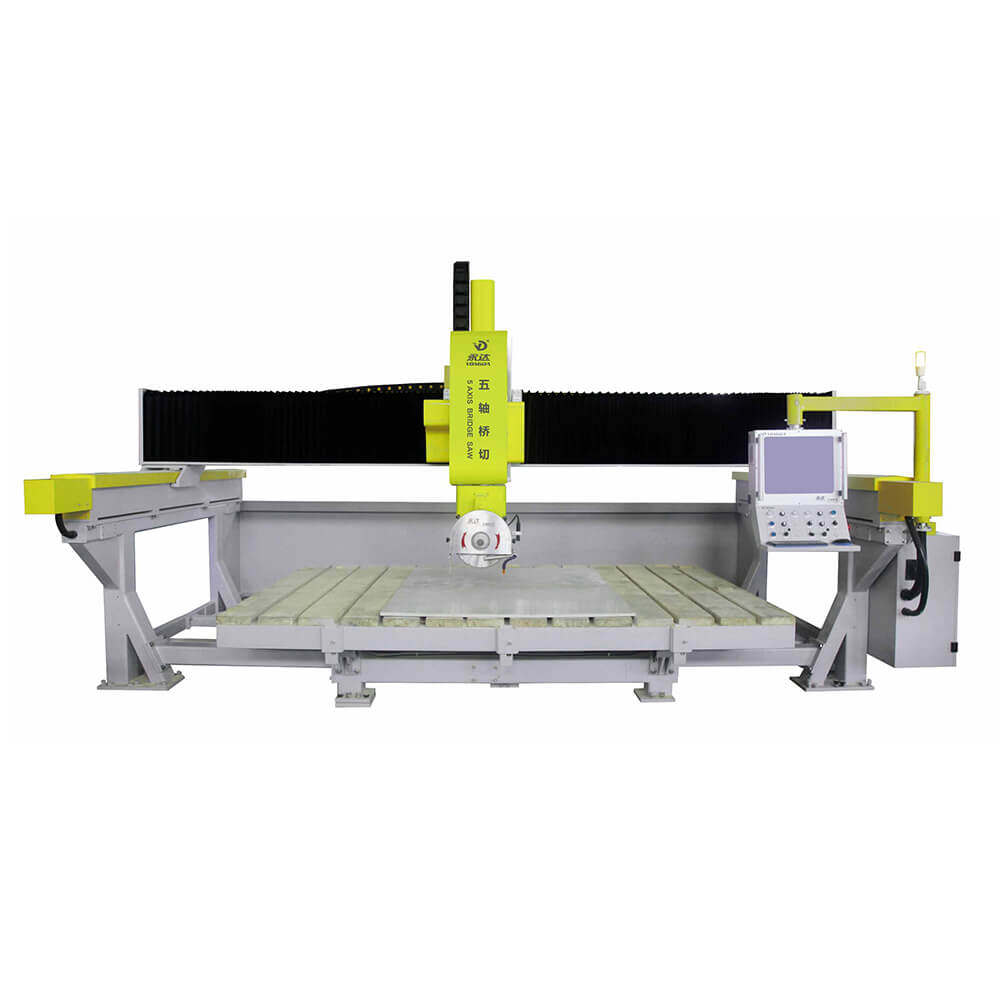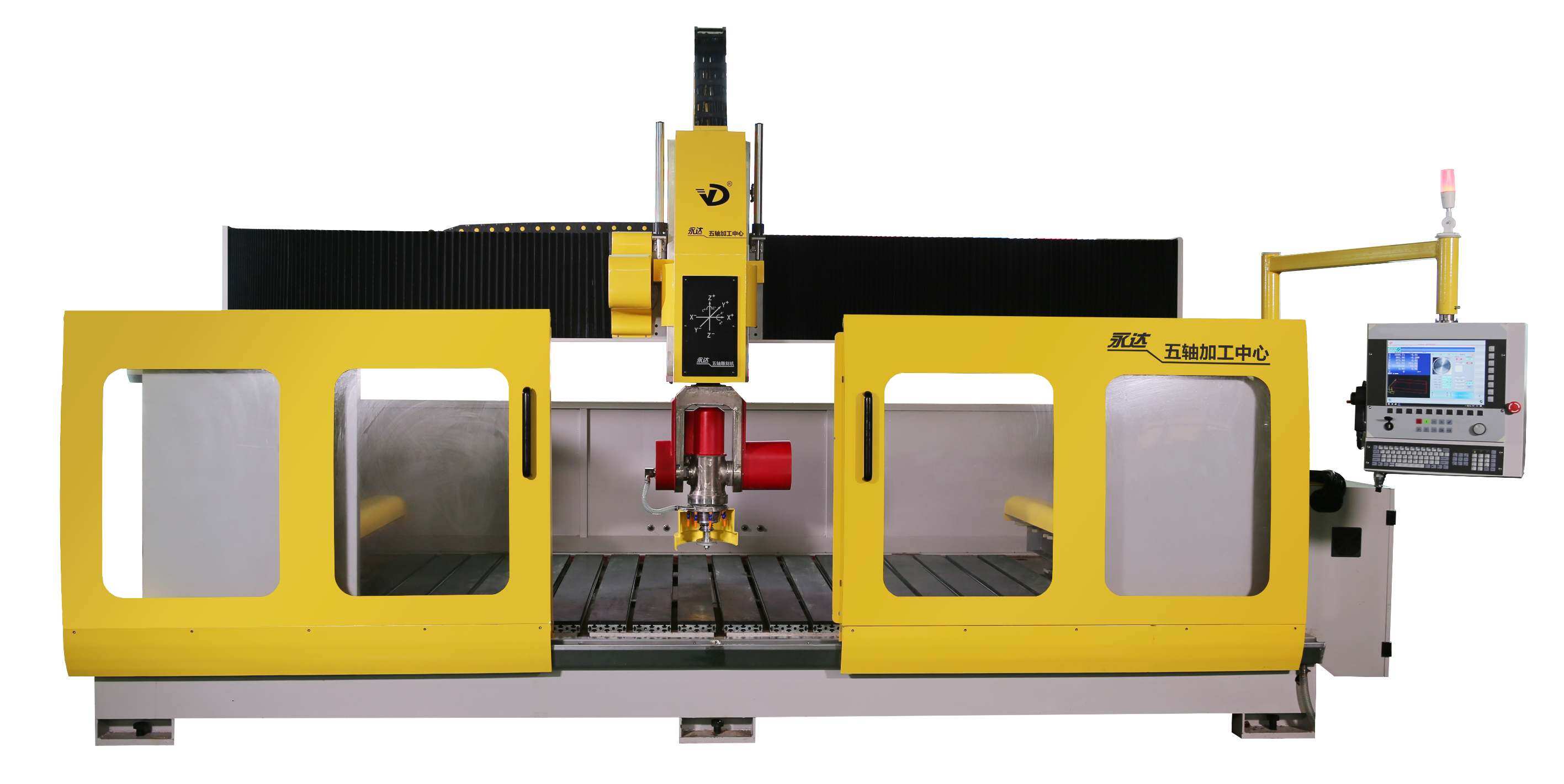Bridge cutting machines are essential tools in the construction and stone processing industries. These powerful machines are designed to cut and shape stone slabs with precision and efficiency.
By understanding the basic components, and the cutting process of these machines, one can appreciate the technology and craftsmanship behind stone fabrication.
Basic Components of a Bridge Cutting Machine
● Bridge
The bridge is the main structure of the machine that spans the cutting area. It provides stability and support to the cutting process.
● Rails
The machine's bridge moves along rails, enabling it to traverse the cutting area smoothly and accurately.
● Cutting Head
The cutting head is responsible for holding and maneuvering the cutting tool. It can move horizontally and vertically to achieve precise cuts.
● Diamond Blade
The diamond blade is the primary cutting tool. It is composed of diamond particles embedded in a metal matrix, ensuring durability and efficient cutting.
● Motor
The motor provides power to drive the cutting head and the movement of the bridge along the rails.
Cutting Process of Bridge Cutting Machine
● Slab Placement
The stone slab to be cut is positioned on the cutting table, which is typically made of sturdy material like steel. The slab is securely held in place using clamps or vacuum suction.
● Setting Parameters
The operator configures various parameters, such as cut speed, depth, and angle, according to the bridge cutting machine manufacturers' guidelines and the specific requirements of the project.
● Initiation
Once the parameters are set, the operator starts the 3 axis bridge saw, 4 axis bridge saw or 5 axis bridge saw, activating the motor and initiating the cutting process.
● Blade Rotation
As the motor drives the cutting head, the diamond blade starts rotating at high speed. The rotation generates the necessary cutting force to slice through the stone.
● Cutting Head Movement: The cutting head moves along the rails, guided by sophisticated control systems. This movement allows the blade to make precise cuts in the stone slab.
● Water Supply
Water is crucial during the cutting process. It helps to cool the blade, reducing friction and preventing overheating. Additionally, water aids in dust suppression and enhances the cutting performance.
● Cutting Action
As the blade moves across the stone slab, it grinds away the material, producing a clean and accurate cut. The operator guides the cutting head to follow the desired path, ensuring the desired shape and size are achieved.
● Repeat Cuts
For more complex cuts or multiple slabs, the operator may need to reposition the stone or adjust the cutting parameters to make additional cuts. This process is repeated until the desired results are obtained.
Conclusion
Bridge cutting machines are known for their high precision and accuracy. With advanced CNC control systems, bridge cutting machine can achieve cuts with tolerances as low as a few millimeters, ensuring excellent dimensional accuracy, which has a positive impact on your production line.








